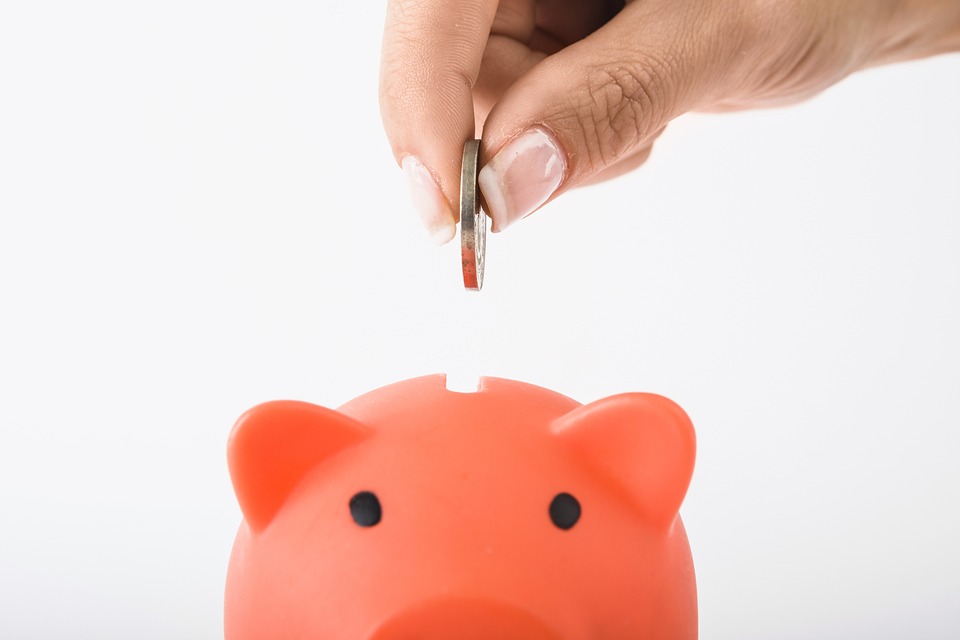In an age where energy costs are spiraling and environmental concerns are at the forefront, finding ways to reduce energy consumption at home has become a priority for many. For those who are handy around the house, there are numerous DIY projects that can help you save energy, reduce your carbon footprint, and lower your utility bills. Here are some tips and projects for the handy homeowner looking to make a difference.
Inspect and Seal Air Leaks
One of the simplest and most effective ways to improve your home’s energy efficiency is to inspect and seal air leaks. Drafty windows and doors can lead to significant heat loss, especially in the colder months. Use weatherstripping and caulk to seal gaps and cracks around windows, doors, and other openings. For larger gaps, consider using expanding foam sealant. Not only will this reduce your heating and cooling costs, but it will also make your home more comfortable year-round.
Upgrade to Energy-Efficient Lighting
Lighting can account for a significant portion of your energy bill. Consider replacing incandescent bulbs with energy-efficient LED or CFL bulbs, which use up to 80% less energy and last much longer. Additionally, installing dimmer switches can help you control the amount of light in a room and reduce energy usage. For outdoor lighting, consider solar-powered options to further cut down on electricity consumption.
Install a Programmable Thermostat
A programmable thermostat is a relatively inexpensive upgrade that can lead to significant energy savings. By allowing you to set specific temperatures for different times of the day, you can ensure that your heating and cooling systems are only running when necessary. For example, you can program the thermostat to lower the temperature at night or when you’re away from home, thus saving energy and reducing your utility bills.
Improve Insulation
Proper insulation is crucial for maintaining a comfortable temperature in your home and reducing energy consumption. If your home is older, it may not be adequately insulated. Consider adding insulation to your attic, walls, and floors to prevent heat loss in the winter and keep your home cooler in the summer. There are many types of insulation available, so choose one that best suits your needs and budget.
Maintain Your HVAC System
Regular maintenance of your heating, ventilation, and air conditioning (HVAC) system is essential for efficient energy use. Replace air filters regularly, and have your system serviced by a professional at least once a year. This ensures that your system is running efficiently, which can help reduce energy consumption and extend the life of the equipment.
Bonus Tip: Use Smart Power Strips
Many electronic devices continue to draw power even when they’re turned off, leading to unnecessary energy consumption. Smart power strips can help by automatically shutting off power to devices that are not in use. This is a simple and effective way to reduce your energy use and cut down on your electricity bill.
Conclusion
With a little effort and some basic DIY skills, homeowners can make significant strides in reducing their energy consumption and lowering their utility bills. By implementing these tips, you can create a more energy-efficient home, contribute to environmental conservation, and enjoy the satisfaction of a job well done. Remember, every small change adds up to make a big difference.


